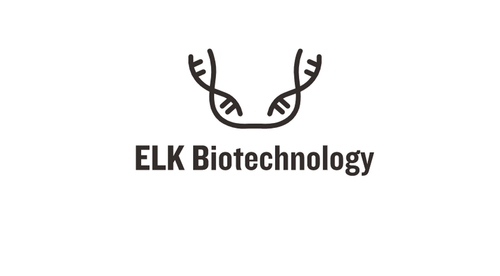Product Description
Mouse CCAAT/enhancer-binding protein beta (CEBPB) ELISA Kit | AE61465MO | Abebio
Species Reactivity: Mouse (Mus musculus)
Abbreviation: CEBPB
Alternative Name: C/EBP-beta; CRP2; IL6DBP; LAP; MGC32080; NF-IL6; TCF5; CCAAT/enhancer binding protein beta|interleukin 6-dependent DNA-binding protein|liver-enriched transcriptional activator protein|nuclear factor
Application: ELISA
Range: 78.1-5000 pg/mL
Sensitivity: 33 pg/mL
Intra-Assay: ≤5.4%
Inter-Assay: ≤9.7%
Recovery: 0, 85
Sample Type: Serum, Plasma, Other biological fluids
Detection Method: Sandwich
Analysis Method : Quantitive
Test Principale: This assay employs a two-site sandwich ELISA to quantitate CEBPB in samples. An antibody specific for CEBPB has been pre-coated onto a microplate. Standards and samples are pipetted into the wells and anyCEBPB present is bound by the immobilized antibody. After removing any unbound substances, a biotin-conjugated antibody specific for CEBPB is added to the wells. After washing, Streptavidin conjugated Horseradish Peroxidase (HRP) is added to the wells. Following a wash to remove any unbound avidin-enzyme reagent, a substrate solution is added to the wells and color develops in proportion to the amount of CEBPB bound in the initial step. The color development is stopped and the intensity of the color is measured.
Product Overview: CCAAT/enhancer-binding protein beta is aencoded by this intronless gene is a bZIP transcription factor which can bind as a homodimer to certain DNA regulatory regions. It can also form heterodimers with the related proteins CEBP-alpha, CEBP-delta, and CEBP-gamma.CEBPbis important in the regulation of genes involved in immune and inflammatory responses and has been shown to bind to the IL-1 response element in the IL-6 gene, as well as to regulatory regions of several acute-phase and cytokine genes. In addition, the encoded protein can bind the promoter and upstream element and stimulate the expression of the collagen type I gene.
Stability: The stability of ELISA kit is determined by the loss rate of activity. The loss rate of this kit is less than 5% within the expiration date under appropriate storage condition. The loss rate was determined by accelerated thermal degradation test. Keep the kit at 37°C for 4 and 7 days, and compare O.D.values of the kit kept at 37°C with that of at recommended temperature. (referring from China Biological Products Standard, which was calculated by the Arrhenius equation. For ELISA kit, 4 days storage at 37°C can be considered as 6 months at 2 - 8°C, which means 7 days at 37°C equaling 12 months at 2 - 8°C) .
 Euro
Euro
 USD
USD
 British Pound
British Pound
 NULL
NULL








